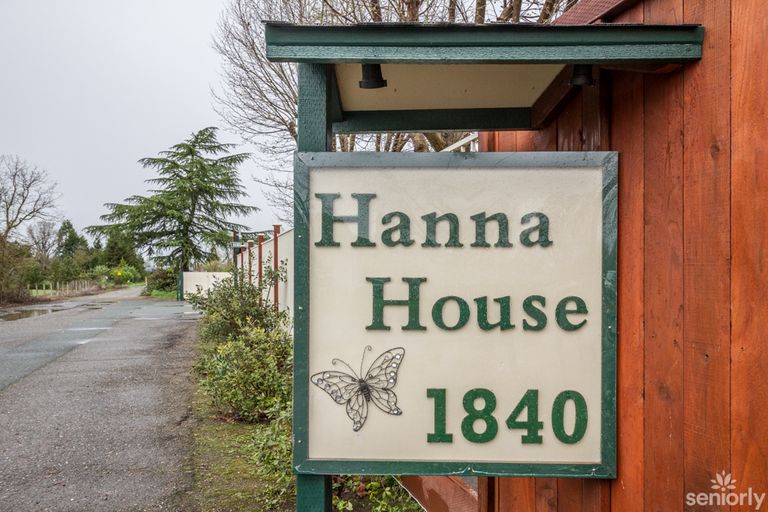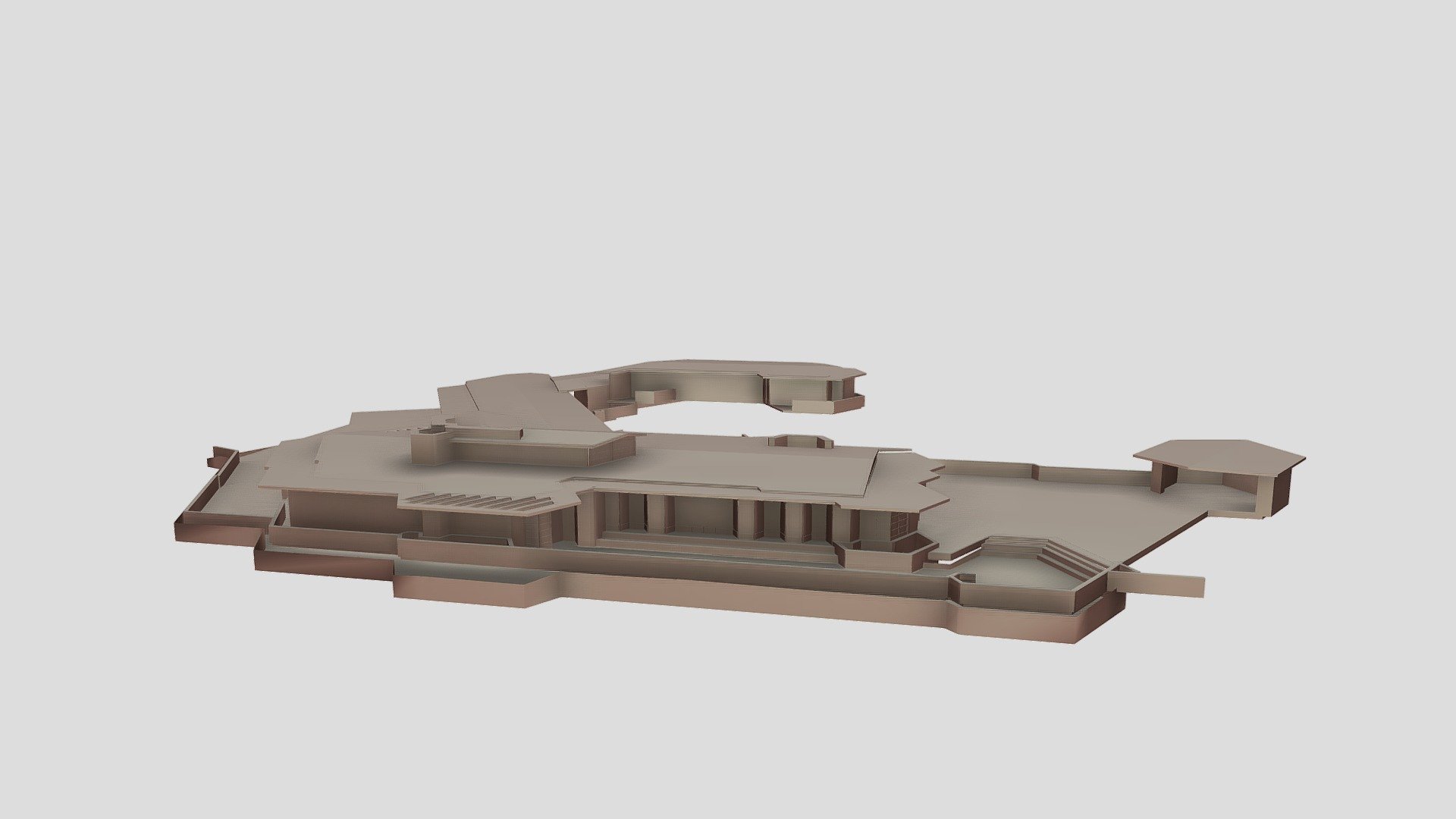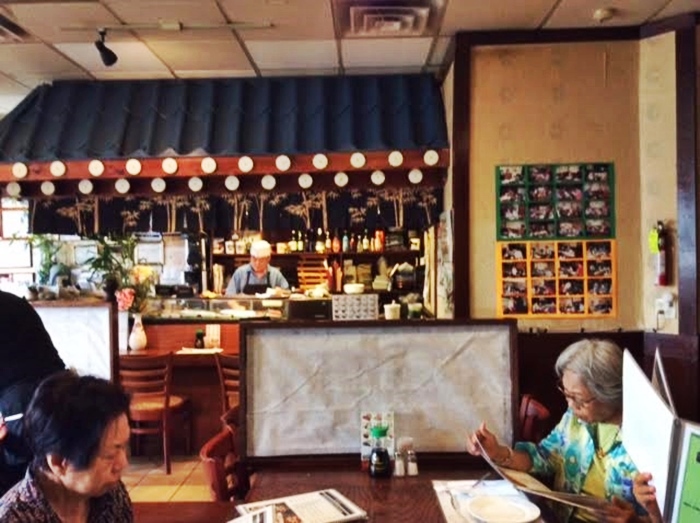Table Of Content

Modifications were made by other architects much later. The Richard Welsted Day Renovation, 2049 Oakstone Way, Los Angeles CA. Original house was built in 1916. Renovated in 1930, 1936, and 1941, according to Wright's archives. Mr. Day was a movie art director who won seven Academy Awards for Best Art Direction.
California
The house is located on the slope of a hill with a slight incline towards the west, and is articulated around three ancient oaks that were found on the property. Certainly, one of his most famous work in California is Hollyhock House, which was built in Los Angeles in 1917. This Mayan Revival-inspired home is a National Historic Landmark and is open to the public for tours. Another view of the living space within the Hanna House.
Publications

One of Wright’s last completed buildings, the Kalita Humphreys Theater is Wright’s only theater design that the he would see realized. This building, exemplary of Wright’s Usonian style, represents the architect’s answer to low-cost housing for the average American. Wright designed two apartment complexes for Waller in 1895, and remodeled his home in 1899. Wright later designed the entrance gates, as well as a other ancillary structures on the property.
Wright Public Sites
N. Schwein, who wanted to build a private airplane landing field on his 35 acre tract. Sold in 2002 to Roger and Madalina Bowman, still owners as of 2022. The Louis and Grace Samuel House, 579 North Bundy Drive, Los Angeles CA. Sold in 2005 to Allison Nisonson and the Irene Weinrot Trust.
Frank Lloyd Wright + Arizona

Hanna House is among the 17 Wright buildings named his most important works by the American Institute of Architecture, three of which are in California. The others are the Hollyhock House in Los Angeles and the V.C. Morris Gift Shop in San Francisco. If you want to know more about Wright's Usonian architecture, try this - or read Frank Lloyd Wright's Usonian Houses by Carla Lind. The house was the Hanna family home until 1975 when it was donated to Stanford University. It served as the provost's home until the 1989 Loma Prieta earthquake severely damaged it and subsequently closed for almost a decade for a seismic retrofit.
Interior Spaces
And Clara Bea Adams House, aka the Mat House Design, 7400 Tampa Avenue, Reseda CA. Adams, a former Oklahoma oilfield worker, built the house over a four-year period with help from his son, Robert, a 19-year old UCLA geology student using blueprints drawn by Wright. The house was designated a Los Angeles Historic-Cultural Monument in 1996. Deeded to their son's wife, Barbara, who lived there until around 2009. Sold to Hector and Galesi Semidey. Still Bend is the built version of Wright’s “Life” magazine dream house he designed in 1938.
Sold in 2004 to David Murdock as a trust. Sold to Castle Cooke Bellagio Properties. Quinn Architects of London built a 13,000sf Modernist spec house, photo above. The Frank Howard Remodel and Additions, Garvin Drive, Encino CA. Sold around 1958 to Albert DeTullio. Sold in 2017 to the James Epstein Trust.
The tower held much of the weight of the roof, which had been changed from the copper sheathing to a heavier combination of rust red tar and gravel in 1952. The 120-degree angle of the walls provided little shear support to the house, which was thus unable to deflect the quake’s massive movement. The house was restored in the following decade and completed in 1999. It is currently open to visitors by appointment.
Library House / Fria Folket + Hanna Michelson - ArchDaily
Library House / Fria Folket + Hanna Michelson.
Posted: Mon, 08 Jan 2024 08:00:00 GMT [source]
Apartments were built on the site around 1970. The E. R. Lewis House, 2948 Graceland Way, Glendale CA. A later addition marred the original design.
Top photo by Francine DeTullio; bottom photo by Michael Locke. The Charles Laughton Pool and Dressing Rooms Remodel, 1825 North Curson Avenue, Los Angeles CA. Sold to the Anthony Bonsignore Trust.
Sold in 2015 to Mary Winterfield. The John Daniel Derby House, 611 North Rexford Drive, Beverly Hills CA. Wright also designed the landscaping. Sold in 2018 to the Jeffrey Whalen Trust.
Unbuilt, due to spiraling projected costs. Wood then took the Wright design to an architect/designer in Oxnard CA who redid it for construction. Wood had another Modernist home built in the 1970s by architect Paul Sterling Hoag.
Frank Lloyd Wright’s connection to Arizona, the location of his personal winter home Taliesin West, runs deep, with his architectural influence seen all over the Valley. Here, PhD student David R. Richardson gives a brief overview of several of Wright’s most notable projects in the Grand Canyon state. Hanna House will be open twice a year for public tours. Send an email to if you would like to receive a message when tours open for booking.
However, the house itself is not a hexagon but has a floor plan with larger angles, 120 degrees, than the usual right angles. As it was a prototype, the project required a large number of drawings and sketches to develop plans that were easily understandable to the builder and workers. The collection focuses on the Hanna's work with architect Frank Lloyd Wright extending from the initial planning of the house through later renovations. Paul and Jean Hanna gifted the Stanford University Libraries with their personal papers relating to the building of Hanna House. Paul and Jean Hanna had their focus squarely on family and on their children; Wright designed the house to change according to the growth of the Hanna children. As one of many examples, a room that was originally designed as a children’s playroom was later converted to a formal dining room once the family’s needs changed.
In 1974, the Hannas donated their house to Stanford University, as a “living example” of Wright’s philosophy and design principles. It was subsequently used as the university provost’s house and as accommodations for visiting faculty. It has been listed on the National Register of Historic Places and was also designated a National Historic Landmark. Nicknamed "Honeycomb House" for the hexagon shapes, it was Wright's first design based on non-rectangular forms. Hanna House is recognized by the American Institute of Architects as one of seventeen Wright buildings that best represent his contribution to American culture.

No comments:
Post a Comment